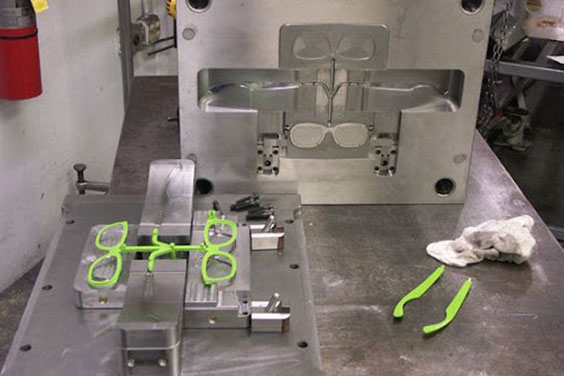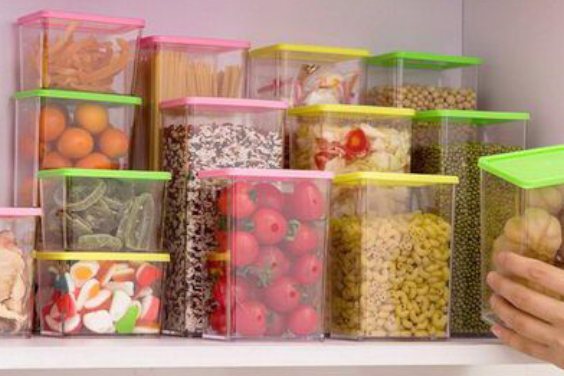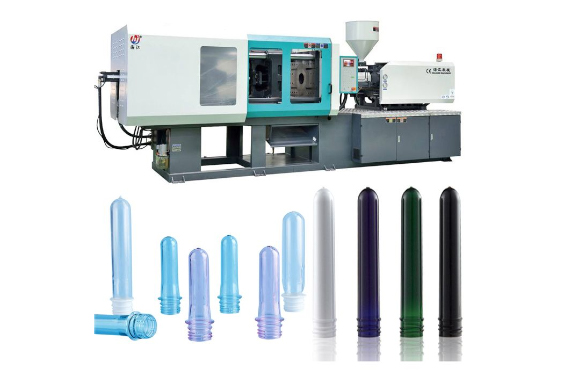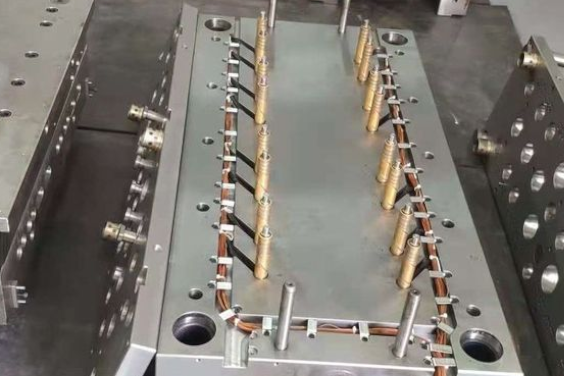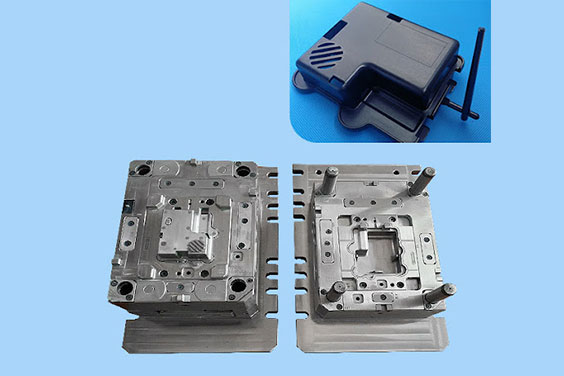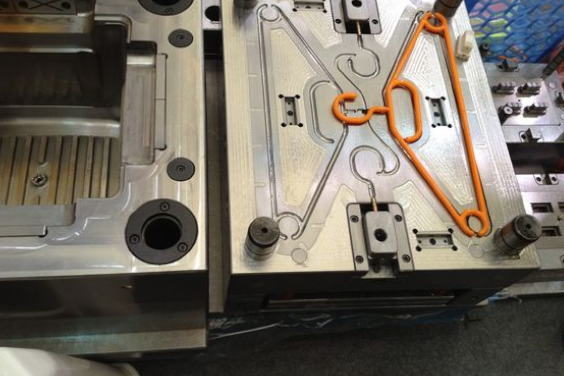Source: RYD Tooling
Injection molding is a type of parts manufacturing that involves an injection and a cavity. The process is straightforward, especially for injection molding companies that have experience. Injection molding has become among the preferred way of manufacturing parts due to its many advantages to the manufacturers and consumers. Injection molding produces a variety of materials from plastics, metals, silicon, etc.
This post focuses on the different kinds of injection molding processes and how they operate. Read on.
Plastic Injection Molding
Source: Pinterest
Plastic injection molding is a type of injection molding that involves plastic materials only. The process was started ages ago when a certain inventor was trying to create billiard balls out of plastic. Before this, ivory was the material used to make billiard balls. He invented the machine that would facilitate the process making it a remarkable innovation in that era. After completion of his project, the machine got a lot of recognition, unlike the billiard balls. His invention was a great step in technological advancement.
The process involves melting plastic pellets and injecting them under high pressure into a metal mold. The mold usually has a specific shape and the final part will take the shape of the mold. Polyethylene either high or low density, is the most common plastic used in the process. Plastic injection molding is applicable in industries such as packaging industries, automotive, electronics, household appliances, pharmaceutical, and medical industries.
Reaction Injection Molding
Source: osborneindustries.com
Reaction injection molding is a manufacturing process that uses direct polymerization. The process is done by forming polymers via a blending reaction. Unlike plastic injection where they use pellets, in RIM, polymer liquids are utilized. The liquids consist of isocyanate and polyol. So how does reaction injection molding work? The two liquids are stored in separate tanks where they will be released at very high pressure and injected into hot molds. After a while, the liquid cools and hardens to form a plastic part.
Advantages of RIM include;
- Production of large parts easily as the liquid properties enable it to fill the mold well.
- It is a good process to achieve mold inserts.
- It is a cost-effective process since tooling, labor, and energy consumption are low.
- RIM only requires a small space.
Micro Molding
Source: Pinterest
As the name suggests, micro molding is the production of very small parts with high precision and quality. Micro molding constitutes highly specialized processes and machining to achieve this kind of accuracy. The process is somewhat similar to other injection molding processes where molten material is injected into a mold with the desired design. The only difference comes in terms of precision and size.
All injection molding processes require precision and tight tolerance and for micro-molding, these aspects carry a lot of weight. Even a minute variation in measurements can make the parts useless. The types of plastics used in this process are polyamide, polyethylene, polycarbonate, acrylic, Delrin, etc. Micro molding is best utilized for the production of medical tools such as testing tools and surgical tools. Additionally, the process is essential for the electronics and pharmaceutical industries.
Metal Injection Molding
Source: Pinterest
Metal injection molding is a manufacturing process that produces metal parts using injection molding processes. In metal molding, the material used is a powder consisting of a polymer and metal. The polymer acts as a binder which will later be removed by heating after the final part solidifies. The process begins with the melting of the powder and once molten, injected into a mold with the required shape and size. The molten substance then cools and becomes a solid.
The metals used in this process usually have specific features such as; they are resistant to rust and wear and they are strong. Examples of such metals include stainless steel, cobalt alloys, copper alloys, nickel, titanium, tungsten, etc. The use of powder in metal injection molding has contributed to it being referred to as powder injection molding. Metal molding products are applied in electronics, aerospace, medical, automotive, among others.
Silicone Injection Molding
Source: Pinterest
Silicone rubber is the material used in the production of rubber materials. Silicone injection molding involves the liquid injection molding process where liquid silicone rubber is injected into a mold to form a product. The process starts with obtaining liquid silicone from a container and injecting it into a mold. The mold is then subjected to heat and pressure and the result is a rubber part.
Silicone has some properties that make the process possible, they are;
- Silicone rubber is highly viscous.
- It can withstand extreme temperatures ( -90° – 250°)
- Silicone rubber is hydrophobic, meaning it can be applied even in moist areas.
- It offers electrical insulation.
- It is unreactive and long-lasting.
Examples of industries that benefit from silicone rubber are textile, appliances, defense, medical, automotive, and electrical.
Gas-Assisted Injection Molding
Source: Researchgate.net
Gas-assisted injection molding is a type of injection molding process that uses both plastic and gas. Normally, it begins with injecting molten plastic into a mold but only about 70-80% full. Then gas(nitrogen) is introduced via a different channel into the mold under pressure. The pressure from the gas pushes the plastic against the mold wall hence forming a hollow product. When pressure from the gas is released, the part is ejected. The process offers several advantages over regular plastic injection molding, they are as follows;
- You can easily mold hollow parts.
- The final product has less weight which makes transportation and labor cheaper.
- There is less raw material needed.
- There is minimal shrinkage due to the gas pressure.
Die Casting
Source: Open.edu
Just like plastic injection molding, die casting forces melted metal into a steel mold cavity. The process uses metals like aluminum, copper, tin, zinc, magnesium, pewter, and lead. All these metals are non-ferrous, a property that makes die casting a success. Die casting has two techniques; cold and hot chambered. Cold chambered is for metals with high melting points while hot chambered is for those that don’t dissolve when heated.
Die casting is advantageous over other injection molding processes in that the parts do not need an after-production finishing. Moreover, die casting is fast, has minimal material wastage, product variability, and product durability.
Cube Molding
Source: Plastictoday.com
Cube molding is an injection molding process that facilitates the manufacturing of circular plastic components. It is also known as stack-turning molding. The process involves parts that rotate around an axis, vertically. The part has two sections; top and lower, the top one operates on the upper tie bars of the machine while the lower on the base and lower tie bars. In the cube molding process, molding is done in the rotating system in a systematic manner.
- The first molding is in a cavity.
- The parts remain on the middle block(mobile) when the mold is open.
- Once closed, the second part is injected into the mold cavity.
- Finally, the molded parts are ejected on the fourth cycle.
Cube molding has the following benefits;
- You can double the cavities.
- Production of extremely complex parts is a possibility.
- Production is fast, meaning more products can be manufactured.
Conclusion
In summary, the different types of injection molding processes are all essential in their own way. Plastic injection molding is usually the popular process due to the many benefits it offers. Are you looking for an experienced company in injection molding, then look no further. At RYD Tooling, we offer you state-of-the-art machining operated by our team of highly skilled personnel who work around the clock to deliver your parts in time and with high precision. We dedicate time to understand what our clients need and realize your dream for you.
You can never go wrong with RYD Tooling. Contact us for more information.


